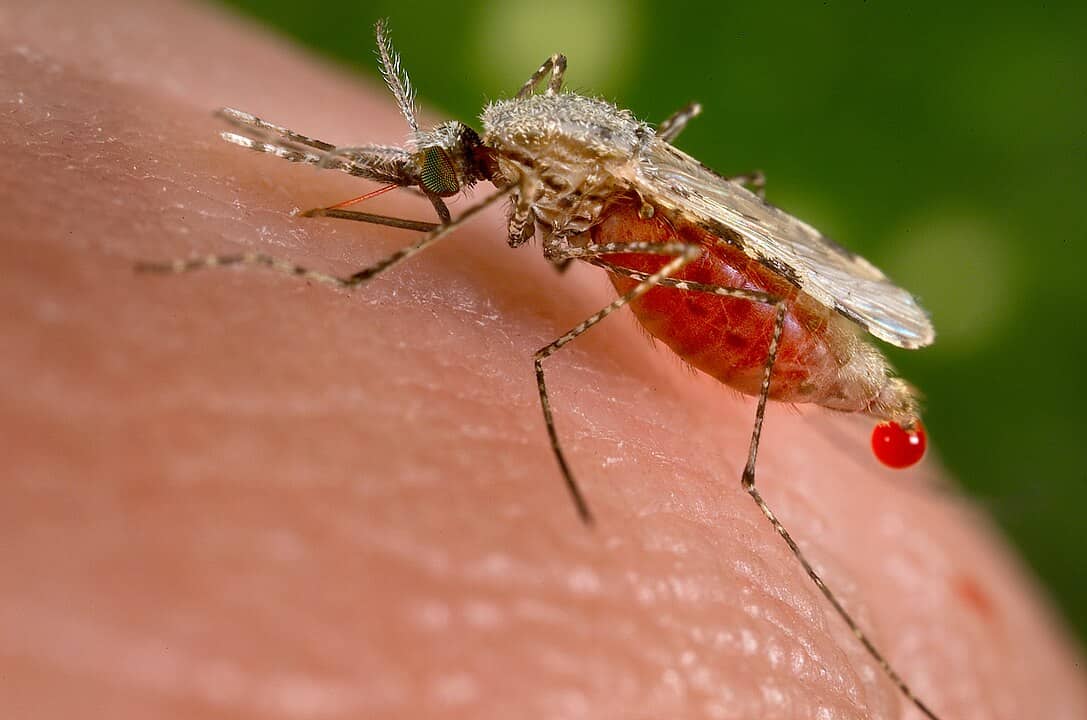The Centers for Disease Control and Prevention (CDC) is warning over the return of locally acquired cases of malaria – meaning infections not linked to foreign travel and transmitted by local mosquitoes. There’s been four cases in Florida and one in Texas in the last two months, with no evidence of cases in the two states being linked.

Malaria is the world’s most deadly tropical mosquito-borne parasitic disease. It kills about half a million people and affects as many 250 million people in over 100 countries. For years, it was a serious health issue in the US, with up to 15,000 cases every year. However, in 1950, the government declared it had successfully wiped out the disease.
But malaria didn’t completely disappear in the US. There are about 2,000 cases per year but usually connected to people who traveled abroad. Over 90% of all the cases and deaths globally are currently concentrated in Africa, according to the World Health Organization (WHO). The illness is potentially preventable and can be treated with medication.
There have been no instances of locally transmitted malaria in the US since 2003, when eight cases were detected in Palm Beach County, Florida. Now, the new cases have raised a red flag for the CDC, describing malaria as a “medical emergency” and asking health centers to assess patients suspected of malaria within 24 hours of presentation.
Malaria and climate change
The new cases are a reminder of the possibility of malaria becoming more common in the US because of global warming. Higher temperatures allow mosquitoes to live longer and grow faster. While before they would likely die in winter in many places, now they have a better chance of surviving and expanding their global populations.
In fact, the number of mosquito days — those with the humid and hot conditions they need to thrive — has increased across the US, according to a recent study by Climate Central, a research group. Researchers looked at data from the last four decades in 250 locations and found 70% of them became more hospitable to mosquitoes.
“A warming world has favorable effects on the mosquito population, allowing mosquito larvae to mature faster and causing mosquitoes to bite and feed on humans more frequently. Warmer temperatures have also shortened the incubation period of some mosquito-borne diseases,” researchers at Columbia University wrote this week.
Tackling the growing greenhouse gas emissions is the most direct approach to avoid temperature increase and a further spread of malaria. But as the world is not acting fast enough, it will be important to be prepared. There are ways to protect from the risk, such as using mosquito repellent and putting screens on windows and doors
Scientists are also working on ways to reduce mosquito populations. In Florida, researchers are trying a genetically modified mosquito that can transmit a gene that kills female mosquitoes, CNN reported. There are also vaccines on the horizon. Ghana was the first country to authorize this year the use of an effective vaccine.
The reemergence of local malaria cases, potentially tied to global warming, underscores a worrying health trend that may have far-reaching implications. As health authorities sound the alarm, it’s become very clear that the climate crisis is also a health crisis. It’s up to policymakers to seriously address the escalating threats of climate change, as they are no longer limited to our environment but are encroaching upon our very health and safety.









